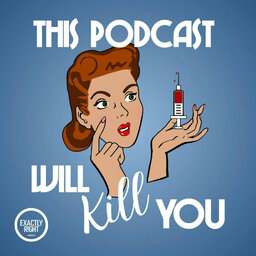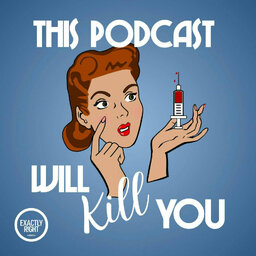Ep 156 Retinoids Part 1: How it started…
That little bottle of retinol serum sitting on your bathroom counter - what do you know about its history? This week, we’re digging deep into the man behind the medicine, renowned dermatologist Dr. Albert Kligman, and the unethical research he conducted at Holmesburg Prison in the mid-20th century. Kligman’s research program at Holmesburg spanned decades, involved dozens of experiments (including tretinoin) and thousands of individuals, received ample funding from public universities and many pharmaceutical companies, and was generally praised until it all came crashing down in the early 1970s. But, as we’ll discover, the unethical behavior persisted even after the program’s closure as Kligman fought to get tretinoin to market. The murky history of retinoids might be a bit too long to include on the label, but this episode forces us to consider the human cost of a household product and the importance of acknowledging that history.
Support this podcast by shopping our latest sponsor deals and promotions at this link: https://bit.ly/3WwtIAu
 This Podcast Will Kill You
This Podcast Will Kill You


